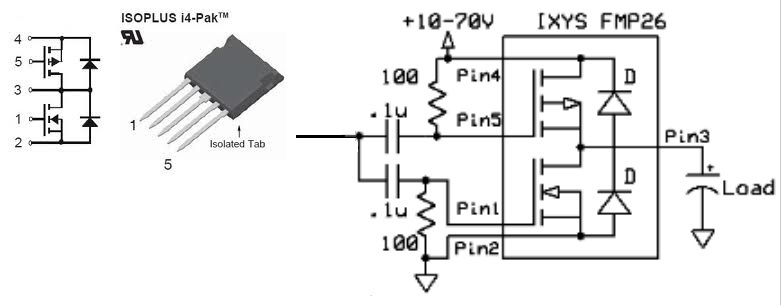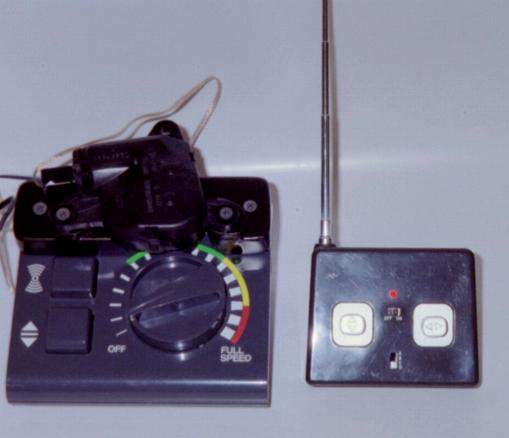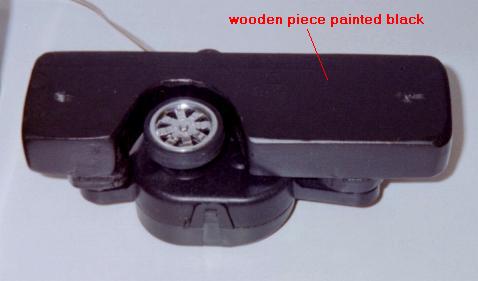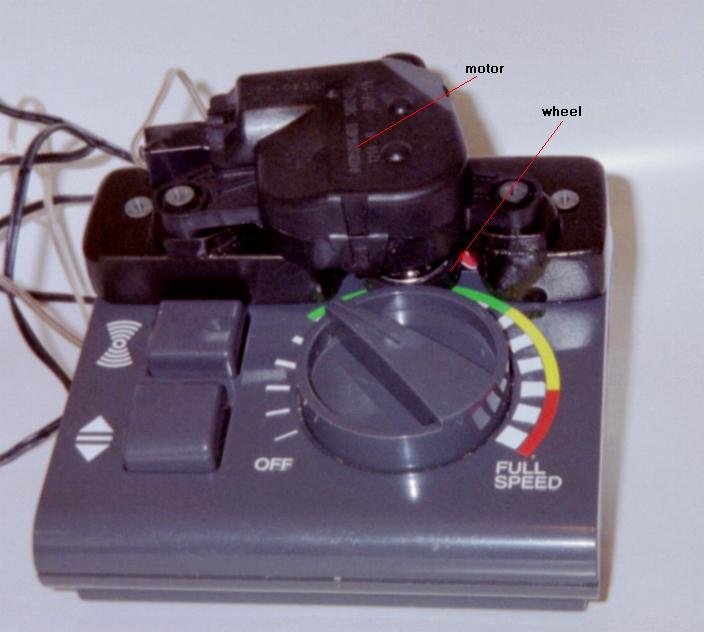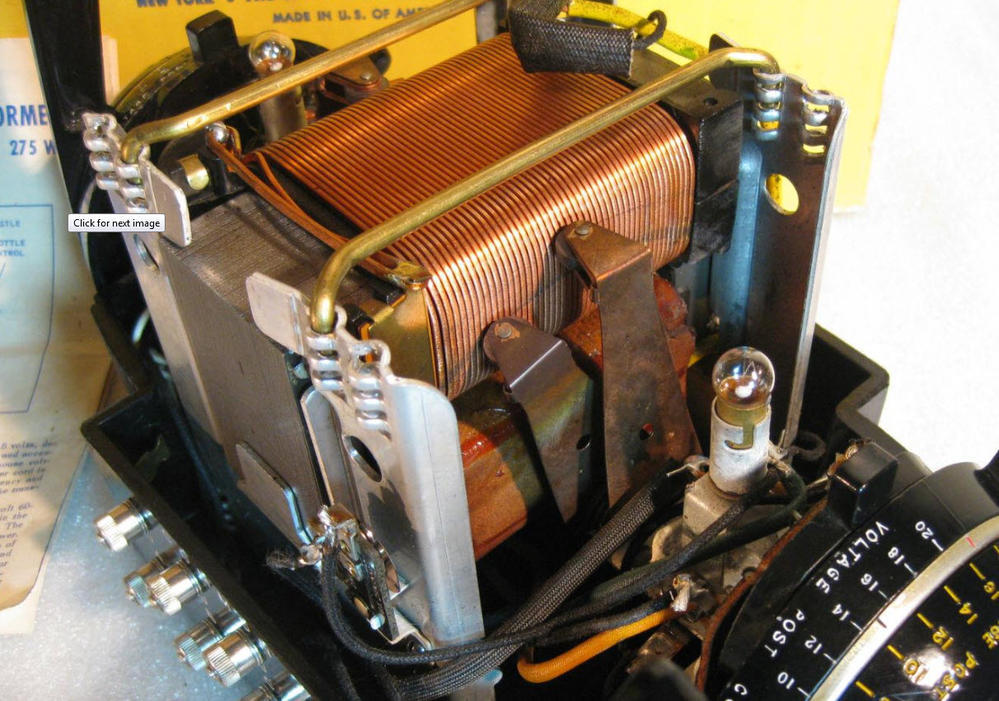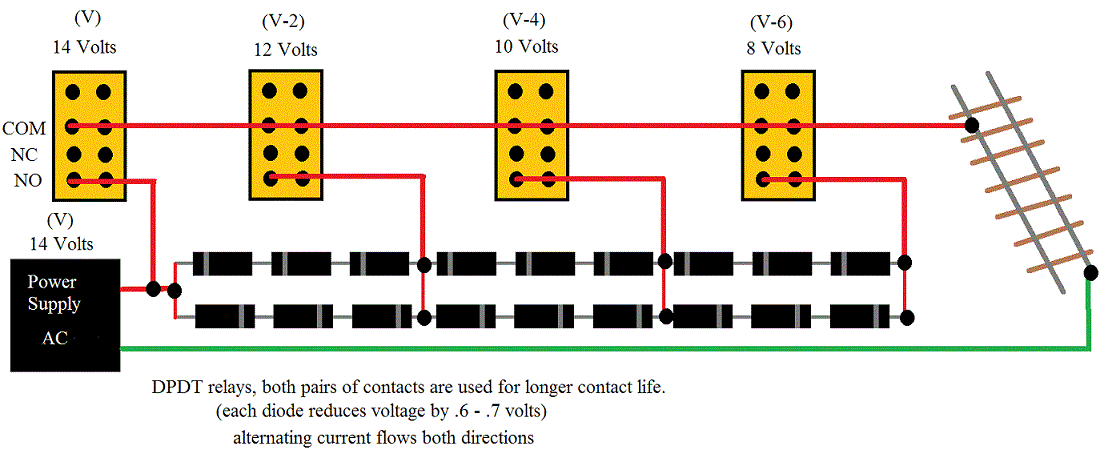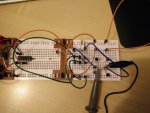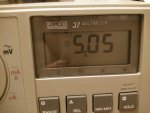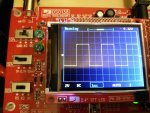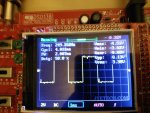joe paul
Senior Member
Hi Folks,
It is rather simple to do PWM for DC, but is there a circuit and similarly easy way to deliver variable AC?
For example, I would like vary the AC from approximately 5 to 18 volts (for AC toy train control) with the 18M2 chip.
Thanks!
Take care, Joe
P.S -- I don't have an oscilloscope, so I wouldn't be able to troubleshoot the circuit. J.
It is rather simple to do PWM for DC, but is there a circuit and similarly easy way to deliver variable AC?
For example, I would like vary the AC from approximately 5 to 18 volts (for AC toy train control) with the 18M2 chip.
Thanks!
Take care, Joe
P.S -- I don't have an oscilloscope, so I wouldn't be able to troubleshoot the circuit. J.

